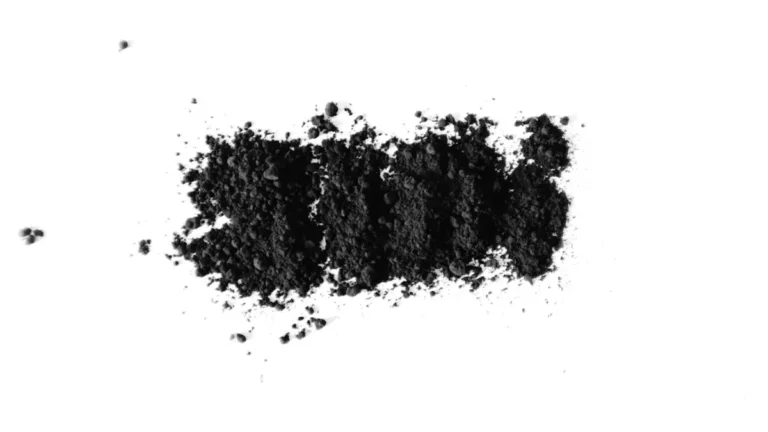Carbone attivo DeNOx
.webp)
Buy DeNOx Activated Carbon
Le sfide del settore
Adsorption Capacity Limitation
- The adsorption capacity of activated carbon for NO is relatively weak (with NO accounting for over 90% of NOₓ). It requires the use of an oxidant (such as O₃) to first convert NO into a more easily adsorbed form, NO₂, which increases costs and complexity.
Catalyst Poisoning
- The SO₂, water vapor and dust in the flue gas will occupy the active sites on the surface of the activated carbon or react with the catalyst (such as generating sulfates), resulting in a decrease in catalytic efficiency. Therefore, additional pre-treatment is required.
Reproduction Challenge
- After being adsorbed, the activated carbon needs to be regenerated at high temperature (300 - 500°C). This process is energy-intensive and repeated regeneration will damage the pore structure and shorten the service life.
Economic and Scale-related Obstacles
- Compared with traditional SCR (Selective Catalytic Reduction), the equipment and operation costs of activated carbon denitrification are higher, and its competitiveness is relatively weak in large-scale industrial applications.
By-product Management
- If the process control is improper, N₂O (a potent greenhouse gas) may be produced or the equipment may be corroded by nitric acid. Therefore, it is necessary to strictly optimize the reaction conditions.
tipi di carbone attivo correlati
-r8fslg51nt6wgjtvh6yldxb1gtkgm3lpe0oq1akgog.webp)
- Valore dello iodio: 600-1200
- Dimensione della maglia: 1×4/4×8/8×16/8×30/12×40/20×40/20×50/30×60/40×70 (più dimensione su richiesta)
- Densità apparente: 400-700
-r8fsli0q1h9h3rr567ruiwtynlb71ht629zozuhoc0.webp)
- Valore dello iodio: 500-1300
- Dimensione della maglia: 0.9-1mm/1.5-2mm/3-4mm/6mm/8mm (più dimensione su richiesta)
- Densità apparente: 450-600
-r8fslbfupn0gui0p8mxgjghqhw7mjm31pdfamwrfjk.webp)
- Valore dello iodio: 500-1300
- Dimensione della maglia: 150/200/300/350 (altre dimensioni su richiesta)
- Densità apparente: 450 - 550
-r8fsle9da54btbwls65c8xs4a1tq6pe8prdr2qn90w.webp)
- Valore dello iodio: 400-800
- Dimensione della maglia: 100×100×100mm/100×100×50mm (densità cellulare personalizzata su richiesta)
- Densità apparente: 350-450
- Diametro del foro: 1,5-8 mm

- Valore dello iodio: 700-1200 mg/g
- Superficie: 700-1200 m²/g
- Densità apparente: 320-550 kg/m³

- Valore dello iodio: 700-1200 mg/g
- Superficie: 700-1200 m²/g
- Densità apparente: 320-550 kg/m³

- Valore dello iodio: 700-1200 mg/g
- Superficie: 700-1200 m²/g
- Densità apparente: 300-650 kg/m³

- Valore dello iodio: 700-1200 mg/g
- Superficie: 700-1200 m²/g
- Densità apparente: 320-550 kg/m³

- Metodo di attivazione: Attivazione a vapore/gas ad alta temperatura
- Struttura dei pori: Dominata da microporosità, distribuzione uniforme dei pori
- Profilo ambientale: Senza sostanze chimiche, a basso contenuto di ceneri
- Applicazioni primarie: Adsorbimento in fase gassosa, purificazione dell'acqua potabile

- Metodo di attivazione: Attivazione chimica (ad es. H₃PO₄/ZnCl₂) a temperature moderate.
- Struttura dei pori: Ricca di mesopori, area superficiale più elevata
- Efficienza del processo: Tempo di attivazione più breve, resa superiore 30-50%
- Post-trattamento: Lavaggio acido necessario per rimuovere i residui

- Funzionalizzazione: Carica di agenti attivi (ad esempio, I₂/Ag/KOH).
- Assorbimento mirato: Maggiore cattura di inquinanti specifici (ad esempio, Hg⁰/H₂S/gas acidi).
- Personalizzazione: Ottimizzato chimicamente per i contaminanti target
- Applicazioni principali: Trattamento dei gas industriali, protezione CBRN
Perché utilizzare il nostro carbone attivo

Outstanding Material Properties:
1. High specific surface area (1200 - 1500 m²/g): The pore structure is well-developed, and the adsorption capacity is increased by more than 30% compared to ordinary activated carbon, significantly extending the regeneration cycle.
2. Customized modification for NOₓ removal: Loaded with Cu/Fe nanoparticles, the catalytic efficiency at low temperatures (100 - 200℃) is over 90%. For the co-processing of SO₂:
The surface with basic functional groups is modified, and the sulfur content exceeds 300 mg/g.
3. High mechanical strength: The wear resistance is enhanced by 50%, reducing the pulverization loss in the moving bed process.

Environmental Protection and Sustainability:
1. Green production: Utilizing coconut shell/biomass raw materials, the carbon footprint is reduced by 50%.
2. Resource recovery output: The desulfurization by-product can be recycled to 98% concentrated sulfuric acid (in line with industrial standards). The waste activated carbon can be incinerated for high calorific value, which may be utilized for resource recovery.

Adaptability of Innovative Processes:
1. Multi-scenario solution, integrating desulfurization and denitrification, biological activated carbon method, oxidation absorption method, and intelligent regeneration technology. This comprehensive approach ensures high-efficiency pollutant removal across various industrial emissions, adapting to fluctuating loads and stringent environmental standards.
2. Intelligent regeneration technology: Equipped with microwave regeneration equipment, the system reduces energy consumption by 60% compared to traditional thermal regeneration, while maintaining an activity recovery rate > 95%. This sustainable regeneration process minimizes operational costs and extends the lifespan of activated carbon, ensuring long-term economic and environmental benefits.
Processo e tecnologia
1. Activated Carbon Adsorption Method
Panoramica della soluzione
The denitrification by activated carbon adsorption mainly relies on its porous structure for physical adsorption of nitrogen oxides (the adsorption effect of NO₂ is better than that of NO). At the same time, it utilizes surface functional groups or loaded metal catalysts to oxidize NO into NO₂ and convert it into nitrate, or reduce NOₓ to nitrogen gas (N₂) under the action of a reducing agent (such as NH₃).
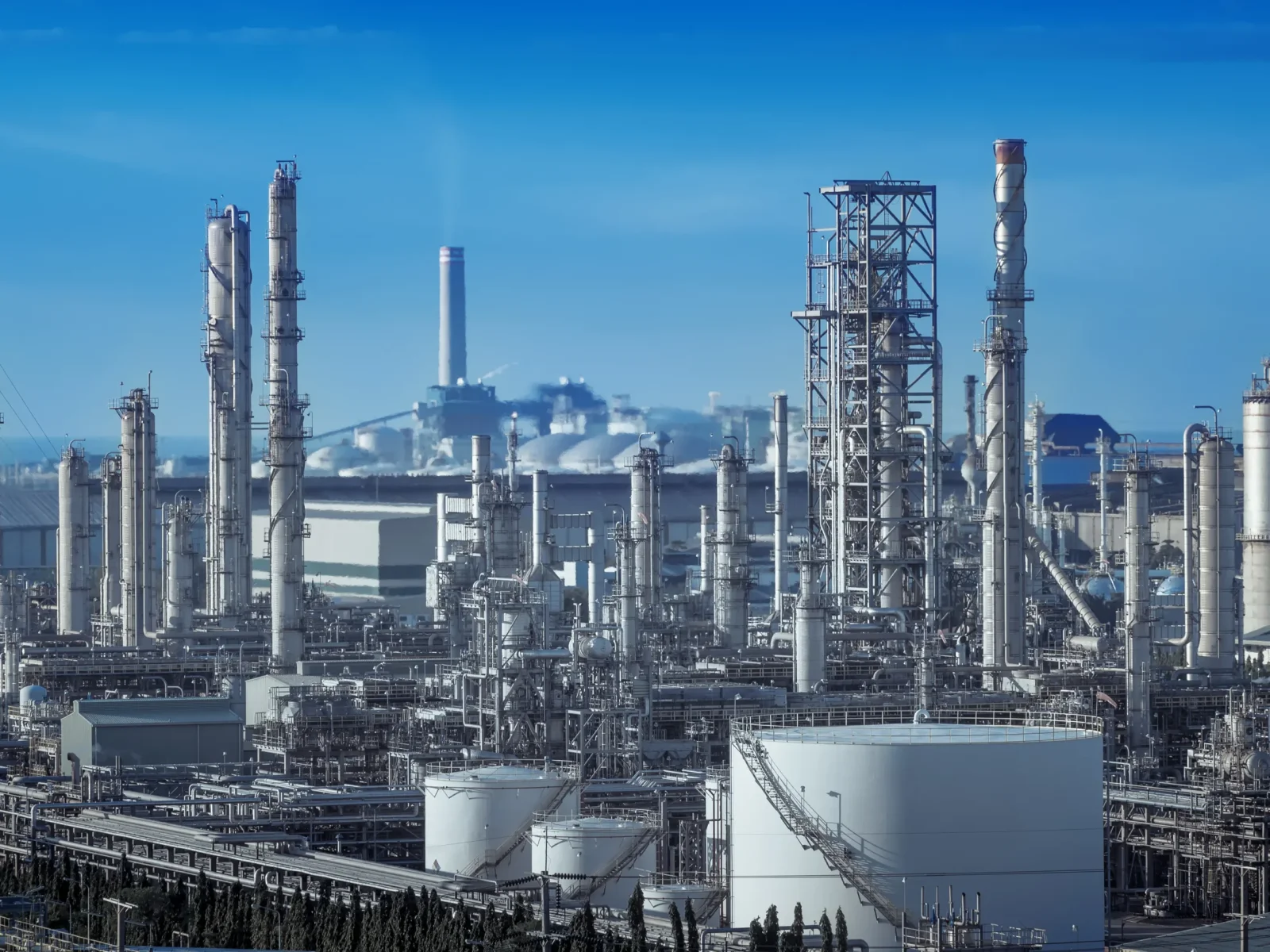
Vantaggi principali
- It can directly adsorb NO₂ at normal/medium temperatures ranging from 50 to 200℃ (while traditional SCR requires high temperatures), without the need for additional heating energy consumption.
- It has a high adsorption efficiency for low concentrations of NOₓ (such as < 500 ppm)is suitable for intermittent emission sources or situations with fluctuating loads.
- It is suitable for intermittent emission sources or situations with fluctuating loads.
- The pores of activated carbon can simultaneously adsorb various complex pollutants such as organic substances and heavy metals, achieving integrated purification.
- Preferentially adsorb SO₂ and catalytically oxidize it into sulfuric acid, thereby reducing the interference of SO₂ on subsequent processes.
- The adsorption products can be recycled and treated centrally, with no wastewater discharge.
2. Activated Carbon Catalytic Reduction Method
Panoramica della soluzione
The activated carbon oxidation absorption method for denitrification is a two-step process that combines catalytic oxidation and chemical absorption. Through the catalytic action of activated carbon, the insoluble NO is converted into the more manageable NO₂, and then this substance is converted into nitrate or nitrite by the absorption liquid.
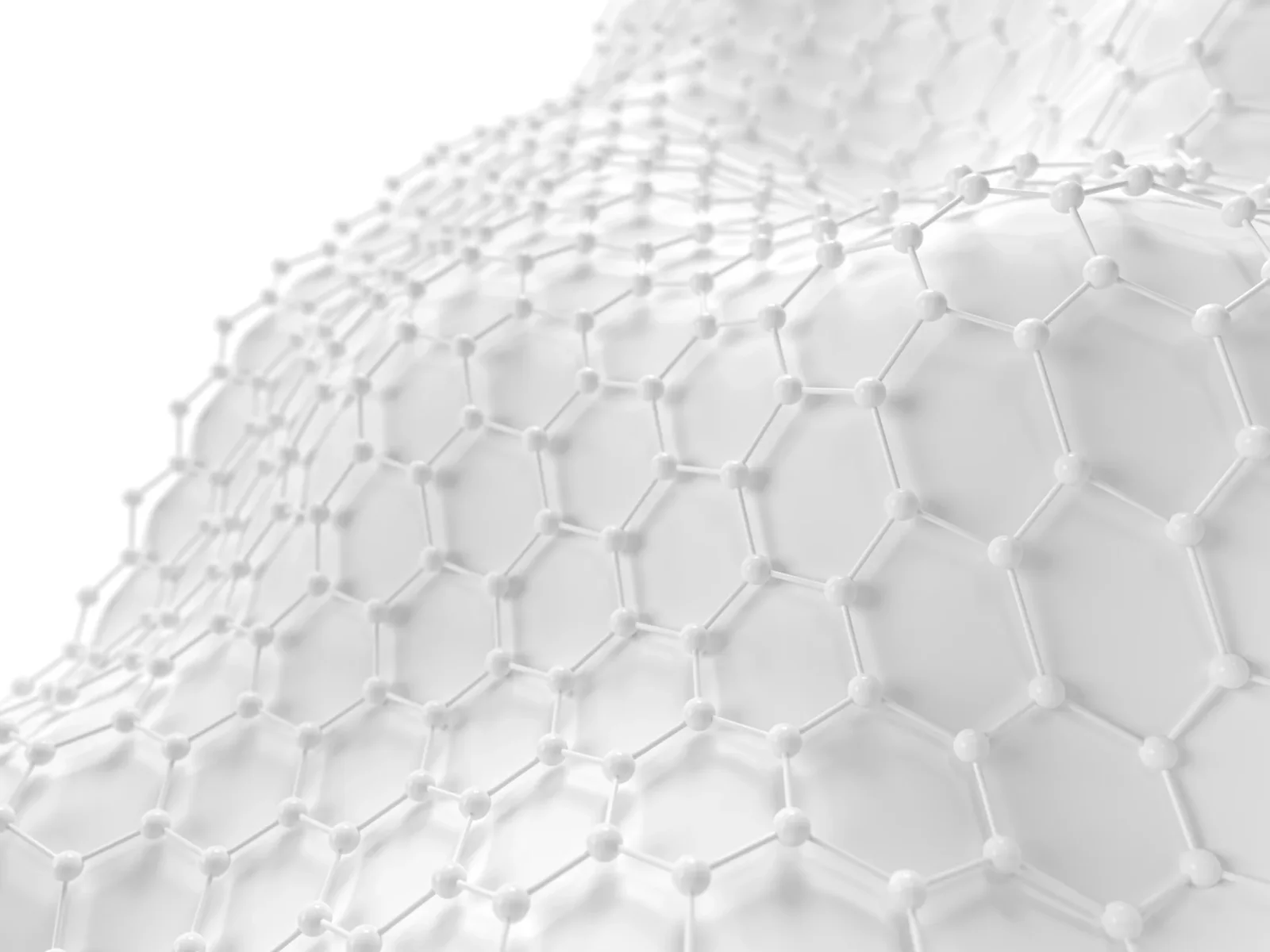
Vantaggi principali
- It can operate efficiently within the temperature range of 100 - 250℃, especially suitable for waste gases that cannot be treated at high temperatures.
- No additional heating of the flue gas is required, significantly reducing energy costs.
- Activated carbon can simultaneously adsorb SO₂ and catalyze the reduction of NOₓ, solving the problem of coexistence of multiple pollutants. It eliminates the need for a separate desulfurization unit, reducing equipment investment and space occupation.
- Under the optimized conditions, the conversion rate of NOₓ can reach 80 - 95%, and the main products are harmless N₂ and H₂O.
- The porous structure of activated carbon can adsorb dust and reduce the risk of catalyst blockage.
- Restore activity through pyrolysis or chemical cleaning to extend the service life.
3. Activated Carbon Oxidation Absorption Method
Panoramica della soluzione
The activated carbon oxidation absorption method for denitrification is a two-step process that combines catalytic oxidation and chemical absorption. Through the catalytic action of activated carbon, the insoluble NO is converted into the more manageable NO₂, and then this substance is converted into nitrate or nitrite by the absorption liquid.
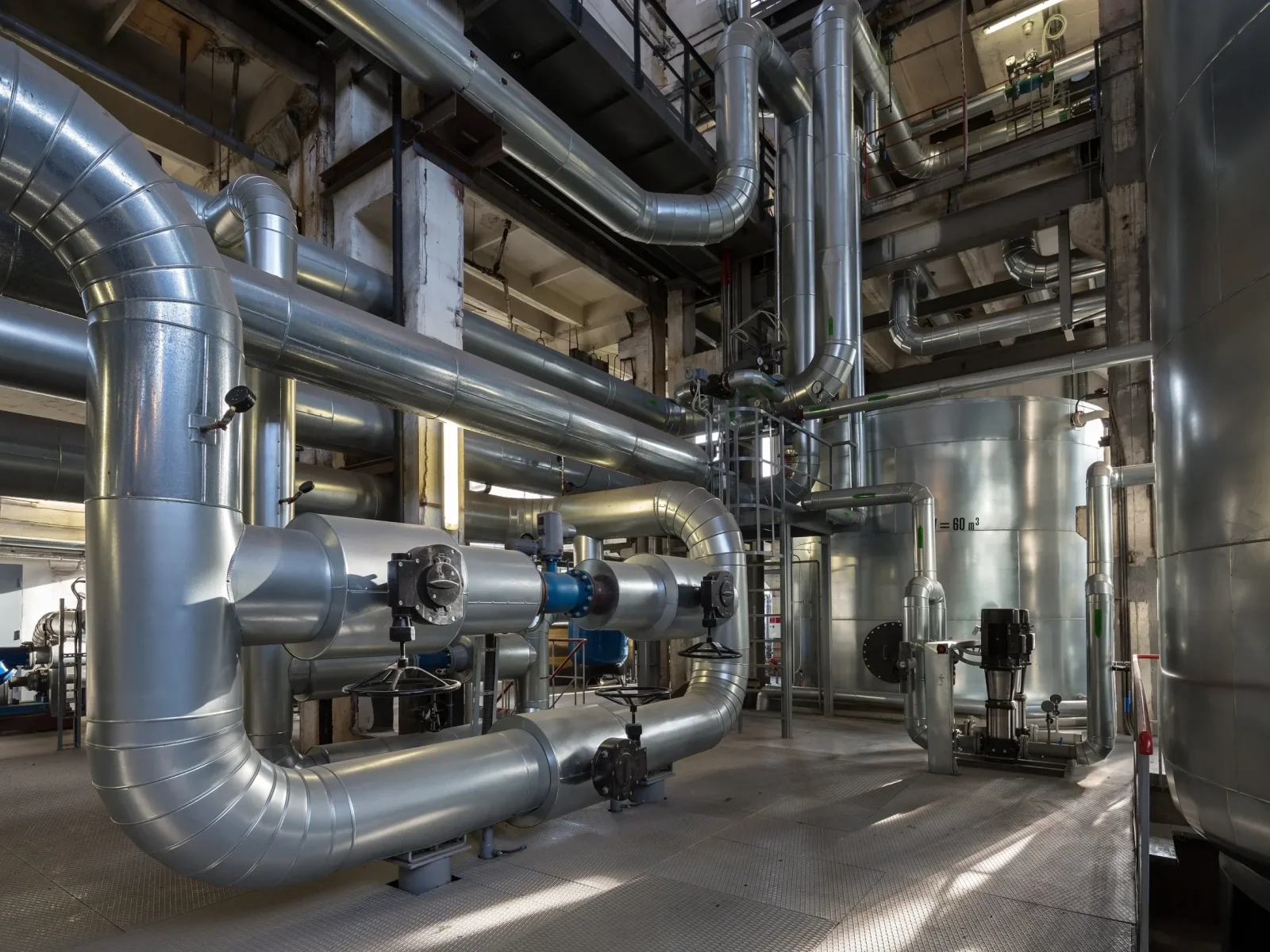
Vantaggi principali
- It can operate efficiently within the temperature range of 80 - 150℃, directly utilizing the residual heat from the flue gas and without the need for additional heating. The energy consumption can be reduced by more than 30%.
- Activated carbon selectively adsorbs SO₂ and catalyzes it into H₂SO₄, thereby reducing the interference of SO₂ on the absorption solution.
- The pore structure can adsorb heavy metals such as Hg and Pb, as well as organic pollutants.
- The nitrate absorption solution can be purified to produce industrial-grade NaNO₃ (a raw material for fertilizers) or be electrolyzed to regenerate nitric acid.
4. Combined Desulfurization and Denitrification Process
Panoramica della soluzione
The combined desulfurization and denitrification process is an integrated flue gas purification technology that simultaneously removes SO₂ and NOₓ through a single system. Among them, activated carbon serves as the core medium to achieve efficient denitrification.
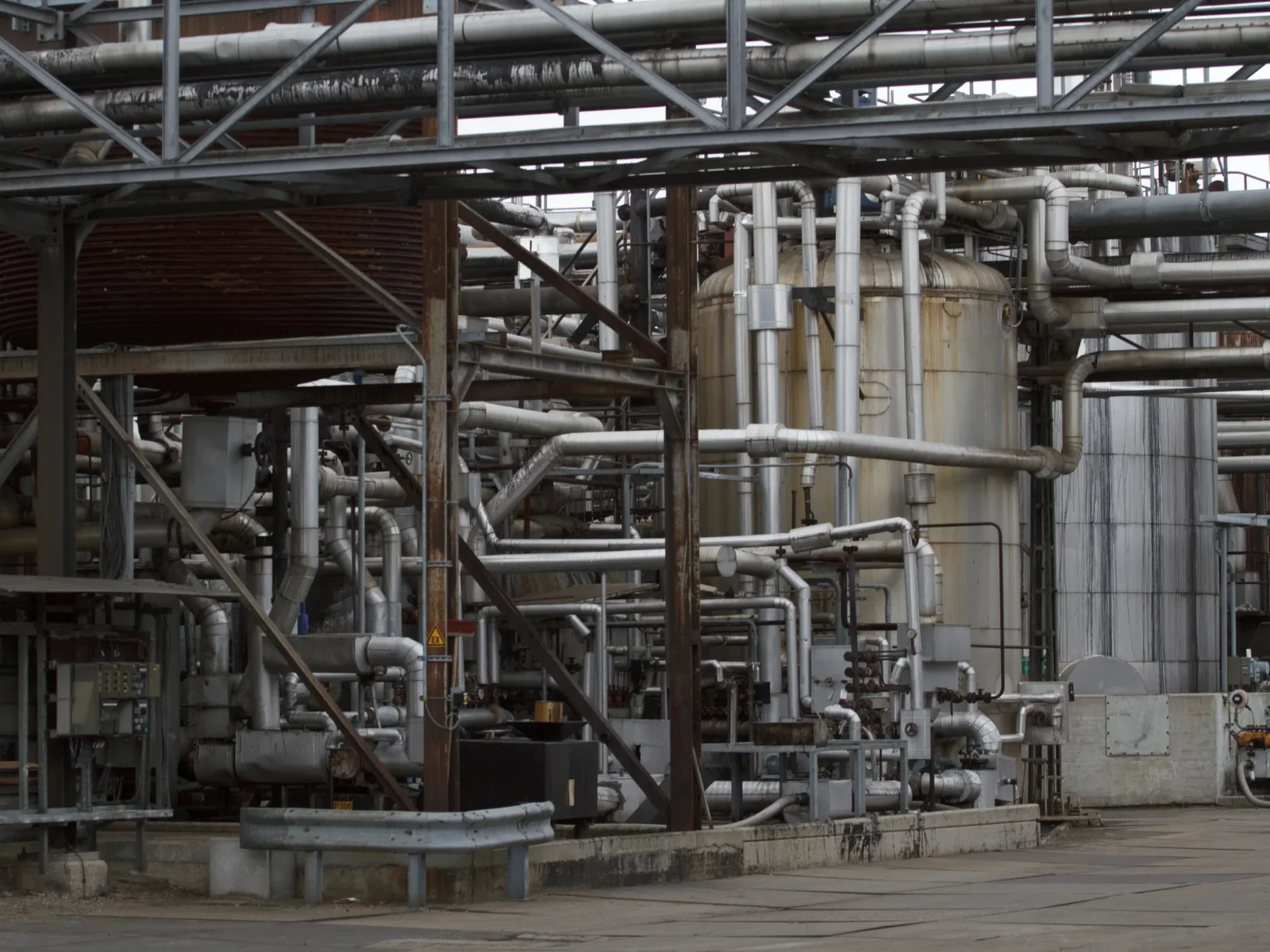
Vantaggi principali
- The single system can simultaneously remove SO₂ (with an efficiency of over 95%) and NOₓ (with an efficiency of over 80%), avoiding the complex process of multiple devices being connected in series.
- Activated carbon first adsorbs SO₂ and converts it into sulfuric acid, thereby preventing SO₂ from poisoning the denitrification catalyst.
- It can still operate stably even for high-sulfur (SO₂ > 1000 ppm), high-humidity (humidity > 15%) or dusty flue gases.
- The adsorbed SO₂ can be regenerated to produce concentrated sulfuric acid (with a purity of 98%), thereby achieving the high-value utilization of waste materials.
- No need to apply ammonia (NH₃), avoiding secondary pollution and safety risks.
5. Biological Activated Carbon Method
Panoramica della soluzione
The biological activated carbon method for denitrification is a green technology that combines activated carbon adsorption with microbial degradation. Through the dual effects of "physical enrichment and biological transformation", nitrogen oxides (NOₓ) are ultimately converted into harmless nitrogen gas (N₂).
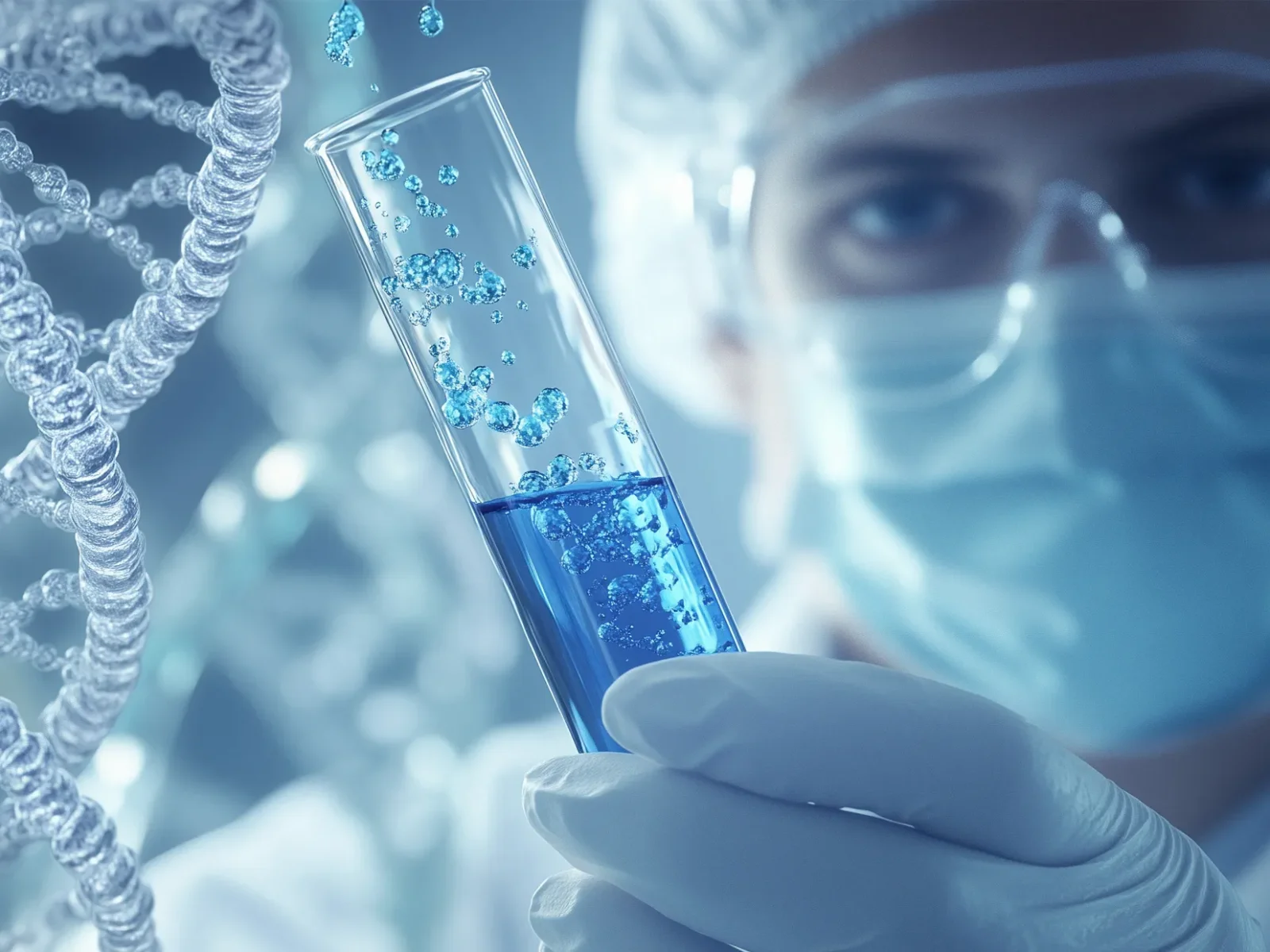
Vantaggi principali
- NOₓ is completely converted into N₂ and CO₂, with no chemical by-products (such as ammonia escape in SCR or salt-containing wastewater in wet process).
- It does not rely on high-risk reagents such as ammonia and ozone, eliminating the risks of storage and leakage.
- The activated carbon adsorption layer can trap dust. Microorganisms are more active in humid environments.
- It operates under normal temperature and pressure conditions, without the need for heating or high-pressure equipment.
- The energy consumption is only 10-20% of that of the SCR technology.
- The denitrifying bacteria can metabolize a portion of SO₂ to produce elemental sulfur (S⁰), thereby reducing the interference of sulfur.

